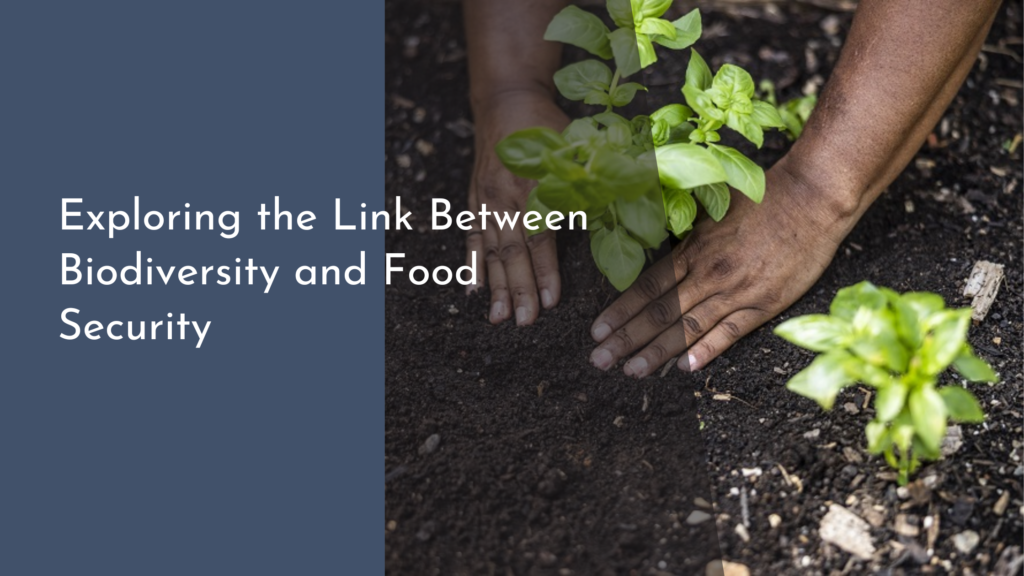How to Create Herb Gardens That Are Accessible to All
Creating herb gardens that are accessible to all is a delightful way to engage your community and promote inclusivity. Herb gardening not only offers fresh flavors and aromas but also provides a therapeutic and rewarding experience for individuals of all ages and abilities. By implementing thoughtful design, selecting the right location, choosing diverse plants, and establishing maintenance practices that involve everyone, we can cultivate a vibrant space that welcomes and nurtures all.
In this article, we will explore each of these crucial elements, ensuring that your herb garden becomes a sanctuary for enjoyment, creativity, and collaboration. With a little planning and consideration, you can transform your gardening experience into an inclusive haven that celebrates diversity and fosters a sense of community.
Designing Herb Gardens for Everyone’s Enjoyment
The design of an herb garden plays a significant role in making it accessible to all. Begin by considering raised beds or containers, which can be positioned at various heights to accommodate individuals who may have difficulty bending or kneeling. Incorporating wide, stable pathways made from non-slip materials ensures safe and easy navigation for everyone, including those who use mobility aids. Utilizing modular designs allows for easy adjustments and scalability, enabling gardeners to create spaces that meet diverse needs without compromising on aesthetics.
Another important aspect of the design is sensory stimulation. Including elements like textured plant varieties, fragrant herbs, and colorful flowers makes the garden engaging for everyone. Consider integrating seating areas where individuals can relax, enjoy the scents, or simply observe nature. This creates a welcoming atmosphere that encourages social interaction and exploration, allowing all visitors to participate in the gardening experience, regardless of their physical abilities.
Choosing the Right Location for Easy Access
Selecting an appropriate location for your herb garden is crucial to ensure easy access for all participants. Aim for a site that receives ample sunlight, as most herbs thrive in bright conditions. However, take care to position the garden close to existing paths or walkways, avoiding steep slopes or uneven terrains that may deter some individuals. Accessibility features such as railings or ramps can further enhance ease of access, ensuring that everyone can enjoy the garden without obstacles.
Additionally, consider proximity to water sources for efficient irrigation and maintenance. Raised beds or containers positioned near a hose or faucet make it easier for all gardeners to tend to their plants. Incorporating shaded areas, like pergolas or shade sails, can also provide relief on hot days, encouraging longer and more enjoyable visits. By thoughtfully selecting the garden’s location, you create an inviting space that welcomes all individuals to participate fully in the herbal adventure.
Selecting Inclusive Plants for a Diverse Garden
When it comes to plant selection, consider diversity in both the types of herbs and the sensory experiences they offer. Choosing a mix of common herbs like basil, rosemary, and mint ensures that the garden serves a wide range of culinary interests. At the same time, incorporating plants that provide visual appeal, varied textures, and aromatic qualities can enhance the overall experience for visitors. For example, including plants with different heights and growth habits can create a dynamic landscape that captures attention and invites exploration.
It’s also essential to select herbs that thrive in your specific climate and soil conditions. Consult local gardening resources or plant nurseries to discover plants that are native or well-suited to your area. This not only ensures a bountiful harvest but also encourages good gardening practices by promoting biodiversity. By thoughtfully selecting inclusive plants, you foster a garden that is vibrant, productive, and accessible to everyone.
Tips for Maintenance That Everyone Can Contribute To
Maintenance of an herb garden can be a communal activity that engages all participants and fosters a sense of ownership. Establish a routine that involves everyone, such as scheduled watering days or weekly harvest sessions. By rotating responsibilities and encouraging individuals to contribute their unique skills, the garden becomes a collaborative effort. This not only promotes teamwork but also generates excitement around the care and upkeep of the garden.
To simplify maintenance tasks, consider using adaptive gardening tools. Ergonomic tools designed for ease of use can make a significant difference for individuals with mobility challenges. Additionally, providing clear signage with instructions or visual aids can help guide new gardeners in understanding their roles. Creating a shared knowledge base, perhaps through workshops or group discussions, empowers everyone to contribute meaningfully, ensuring that the garden thrives and remains accessible for all.
By considering design, location, plant selection, and maintenance practices, you can create a herb garden that is truly accessible to everyone. This endeavor not only enriches the lives of those who participate but also strengthens community bonds, fosters compassion, and celebrates diversity. Together, we can cultivate a thriving herb garden that is a source of joy, creativity, and inclusivity, proving that gardening is a rewarding experience that should be available to all. So gather your community, roll up your sleeves, and let the joy of herb gardening unite everyone in a meaningful and cheerful way!

